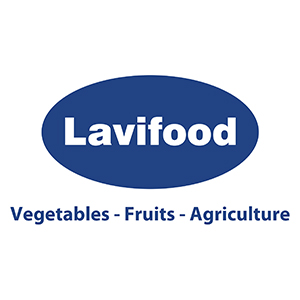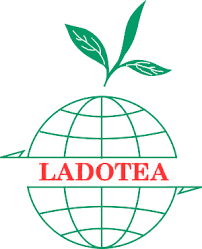- Giới thiệu
- Nhóm Công tác
- Tin tức
- Thông tin về FTA
- Tài Liệu
- Sự kiện
- Liên hệ
In seven months, agricultural exports reach roughly USD 30 billion
After seven months of 2023, the total value of agricultural exports is projected to reach USD 29.13 billion, with several commodity categories, including rice, vegetables, cashews, and coffee, increasing in value

In July, the Ministry of Agriculture and Rural Development estimated that agricultural exports totaled USD 4.62 billion, an increase of more than 5 percent compared to the same month last year. Agricultural products reached 2.32 billion USD, an increase of 27 percent; livestock production reached 45 million USD, an increase of 35.6 percent; seafood reached 800 million USD, a decrease of 15 percent; forest products reached 1.24 billion USD, a decrease of 11 percent; and production inputs reached 210 million USD, an increase of 12 percent.
In the first seven months of the year, the total value of agricultural exports was estimated at USD 29.13 billion, a decrease of 9.1 percent. The export value of aquatic products reached 4.95 billion USD, a decrease of 25.4 percent; forest products reached 7.79 billion USD, a decrease of 25.5 percent; and production inputs reached 1.13 billion USD, a decrease of 25 percent.
However, the agricultural products group reached nearly 14.99 billion USD, an increase of 13.2 percent (due to the export value of vegetable and fruit products group reaching 3.23 billion USD, an increase of 68.1percent; rice reaching 2.58 billion USD, an increase of 29 percent); cashew nuts USD 1.95 billion, an increase of 9.8 percent; and coffee USD 2.58 billion, an increase of 6 percent.
During the first seven months of the year, the export value of agricultural products to Asian markets reached 14,06 billion USD, an increase of 2.3 percent. China, the United States, and Japan continue to be the three main export markets for agricultural products; exports to China accounted for 21.9 percent of the total export value, an increase of 12.5 percent over the same period.
MARD plans to closely monitor the climate and hydrometeorology until the end of the year in order to instruct and direct suitable crops and planting structures in a punctual manner.
The Ministry will implement the plan for summer-autumn and autumn-winter production in 2023, devoting special attention to ensuring sufficient water sources for rice production in the provinces of the Northern Central region.
It is crucial to comprehend the output of key fruit trees for export, such as dragon fruit, longan, mango, durian, and citrus, and to direct the distribution of commodities that are suited to the consumer market, with favorable selling prices and high economic efficiency.
Regarding animal husbandry, strengthen direction, inspect and eliminate obstacles, promote livestock development, and ensure food supply; closely monitor the market for raw materials, the supply and prices of raw materials for animal feed and livestock breeds, and take prompt action to prevent sudden price spikes.
Develop epidemiological profiles of hazardous diseases affecting livestock and poultry to guide disease prevention and control; strengthen testing capacity. Establishments that manufacture, trade, and import veterinary drugs must be inspected and issued certificates of eligibility to manufacture and import veterinary drugs.
In the field of fisheries, the Ministry will tighten its control over the quality of aquatic varieties and aquaculture inputs, while also directing the growth of marine aquaculture. Coordinate patrol, inspection, and oversight of fishing operations at sea.
Concentrate on regulating the most severe instances of IUU fishing and prevent Vietnamese fishing vessels and fishermen from exploiting foreign waters illegally.
The Ministry of Agriculture and Rural Development (MARD) forecast that aquatic product exports will bounce back at the end of the third quarter and reach the yearly revenue target of USD 10 billion. To achieve the yearly target, many businesses have diversified products, focused on intensive processing, and invested in value chains.
The Ministry of Agriculture and Rural Development will prioritize the development of domestic consumption and export markets, particularly in the areas of international cooperation and market liberalization. Continue to address market concerns in order to create favorable conditions for the export of agricultural and aquatic products, particularly to China, the United States, the European Union, and the Eurasian economic union, among others.
Utilize FTAs, particularly the CPTPP and EVFTA Agreements, to promote the export of essential agricultural products and assist businesses in signing new export contracts. Coordinating efforts to promote the protection of trademarks and geographical indications for potential Vietnamese exports.
Tin liên quan
PSAV Attends the 30th Anniversary Celebration of Cargill Vietnam2025/10/23
Plant health management helps increase coffee yield up to 15%2025/10/16
An Giang to host 2025 OCOP forum for sustainable development2025/09/25
Viet Nam and France foster cooperation on blue economy and sustainable environment2025/09/29
Agriculture and Environment exhibition ready for National celebration2025/08/27



 Điều lệ hoạt động
Điều lệ hoạt động



















































